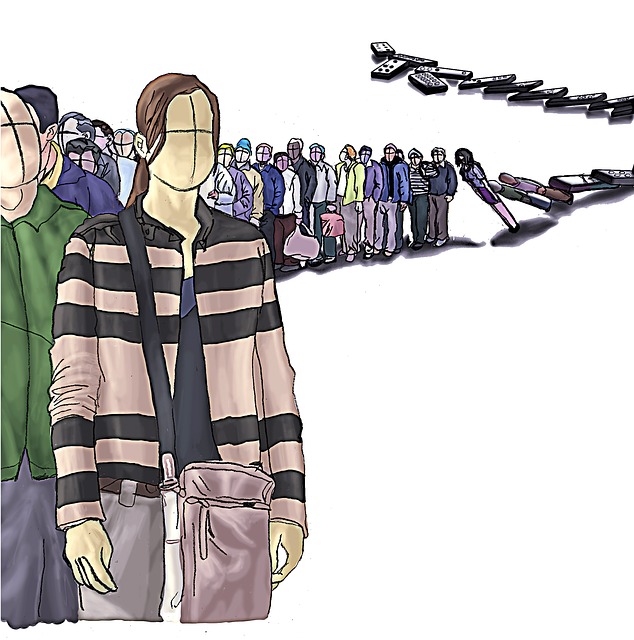As already discussed above, the therapist who wants to start using the Single Session Therapy method in his professional activity will not necessarily have to change his therapeutic approach or learn a new one, just as he will not have to abandon the use of techniques. consolidated or even change their professional structure.
In this regard, we have already suggested some ways through which the therapist can experiment with the application of TSS , using it as an alternative to the free interview , as a second consultation or as an online intervention .








